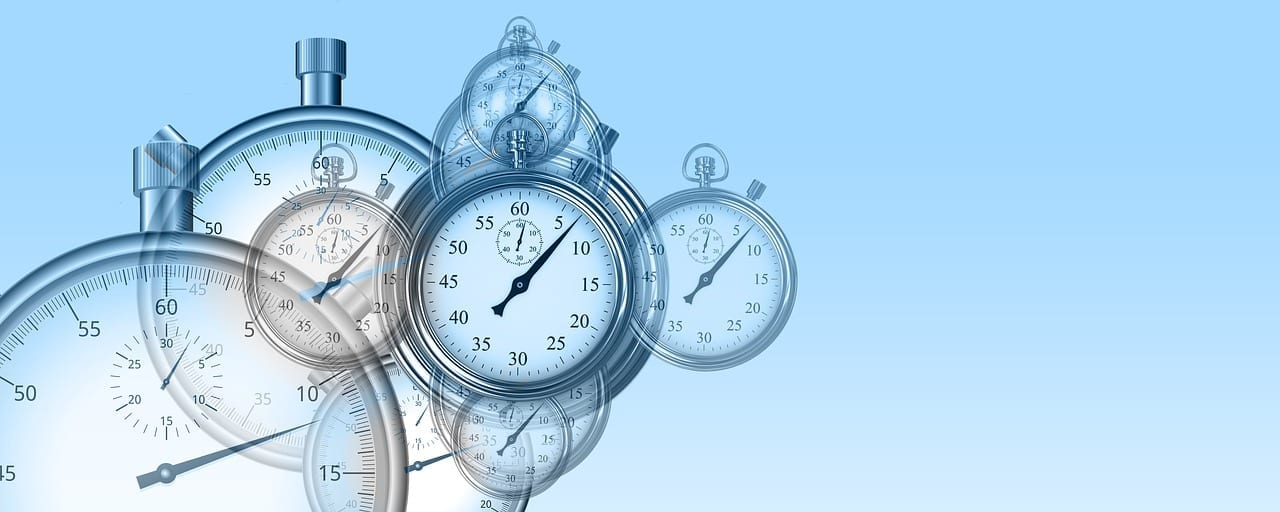Tags: Time, History. History of time. Life.
IT’S ABOUT TIME
For most of us, being able to divide each day into hours, minutes and seconds is just taken for granted and to a certain extent, it governs how we carry out our daily activities but I wonder, does anyone consider just how different the world would be if there were no accepted way of measuring time.
We could not accurately arrange to meet up with others at a certain part of the day, it would be almost impossible to use public transport without knowing when it would be at a certain place, athletes would never know their personal best and we would never know just how long we have worked each day.
Long before the invention of any device that was able to separate the parts of each day, in the Paleolithic era as long as six thousand years ago, the moon was used as a way of determining time. Lunar calendars were among the first to be used and these would have either twelve or thirteen months.
In places such as Mesoamerica, there were other early forms of calendars created by civilisations like the Mayans and these were religiously and astronomically based on eighteen months in each year and twenty days in a month. Of course, as the years moved on, time measuring devices were created and the current saxageism system of measuring time actually dates back to the Sumerians around two thousand years ago.
There were a number of early devices that relied on tracking the shadow from the sun and, whilst they were reasonably accurate in principle, they were useless at night or if the sky was covered with cloud.
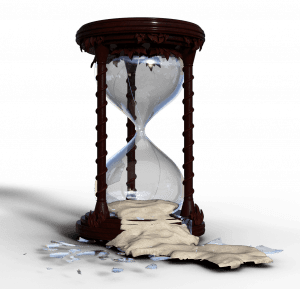
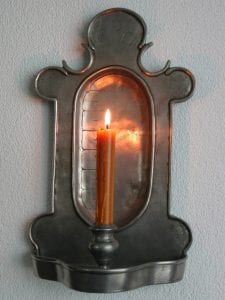
A wooden hourglass(left) and a candle clock(right)
These were used by widely by the Egyptians and, as well as the sundial, they also used large obelisks to track the movement of the sun. Other ancient timekeeping devices included the candle clock which was used in China, Japan, England and Mesopotamia and also the time stick which was widely used in India and Tibet.
Perhaps the two most accurate instruments that were used for early time measurement are the water clock and the hourglass. Found to be ideal for use in navigation, the hourglass became relied upon by Ferdinand Magellan when he circumnavigated the globe in 1522. Eighteen hourglasses were installed on each of the ships in his fleet.
The water clock was widely used and an early example of one was found in the tomb of Egyptian Pharaoh Amenhotep who died in 1504 BC. The ancient Greeks and residents of south-eastern Mesopotamia regarded time keeping as an essential part of their astrological observations so used and made improvements on the water clock up until the middle ages. As a matter of fact, the first alarm clock was made from a water clock that was designed to set off a whistle when the water reached a certain level.
The first mechanical clock was invented in the eleventh century by Chinese inventors and engineers. As methods of accurate timekeeping were continually improved by inventors such as Galileo Galilei and Christiaan Huygens, the pendulum clock and the minute hand made measuring the most accurate that had ever been experienced to date. In fact, the pendulum clock remained the most accurate device until the 1930’s when quartz oscillators were invented followed by the atomic clock.
Atomic clocks are far more accurate than any previous timekeeping devices and are used to calibrate other clocks as well as calculating the International Atomic Time. This is a standardised civil system on which Co-ordinated Universal Time is based. Atomic clocks use the frequency of electronic transitions in certain atoms to measure the second. Since 1967, the International System of Measurement bases it’s unit of time, the second, on the properties of cesium atoms. In philosophical writings, the atom was a unit of time referred to as the smallest possible division of time.
To delve any further into the scientific calculations used to define the second is far too unsuitable for what I have written as an article providing basic information. Technology now allows the Global Positioning System in coordination with the Network Time Protocol to synchronise time systems throughout the world.
It is through these systems that our computers, tablets, and phones are programmed to display the correct time for our region. Speaking of the correct time, I am reminded of the joke about the city reared nephew of a farmer who lived just outside a country town. During a visit to his uncle, the city guy went to have a look at some new cows that his uncle had bought and was very proud of.
While they were inspecting the cows and standing beside a fine specimen, the nephew said, “Uncle, I don’t have my Atomic clocks use the frequency of electronic transitions in certain atoms to measure the second. Since 1967, the International System of Measurement bases it’s unit of time, the second, on the properties of cesium atoms. In philosophical writings, the atom was a unit of time referred to as the smallest possible division of time. To delve any further into the scientific calculations used to define the second is far too unsuitable for what I have written as an article providing basic information.
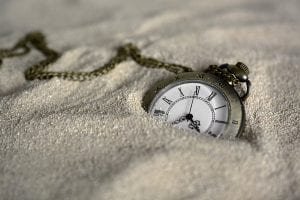
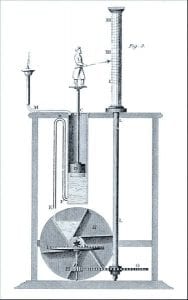
A classic timepiece(left) and a water clock from the third century(right)
Technology now allows the Global Positioning System in coordination with the Network Time Protocol to synchronise time systems throughout the world. It is through these systems that our computers, tablets, and phones are programmed to display the correct time for our region. Speaking of the correct time, I am reminded of the joke about the city reared nephew of a farmer who lived just outside a country town. During a visit to his uncle, the city guy went to have a look at some new cows that his uncle had bought and was very proud of. While they were inspecting the cows and standing beside a fine specimen, the nephew said, “Uncle, I don’t have my watch on, do you know what time it is now.” The old farmer bent down and lifted aside the cow’s udder and then, as he straightened back up he told his nephew the time was 3.45 in the afternoon. The city slicker looked at his uncle with an amazed look on his face and said, “You farmers are absolutely amazing, I have just noticed that you don’t have a watch either but you were able to tell the time by moving aside the cow’s udder. Is it something to do with the sun?” The farmer gave a laugh and then replied, “Not at all, from where we are, if you look under the cow at the right angle, you can just see the town hall clock.”
And that, readers, is how they do it in the country. Anyway I have to go now because I’m out of time!
Other Articles
https://thebribieislander.com.au/technology-and-how-it-affects-our-life/
https://thebribieislander.com.au/technology-mobile-phones-health/
